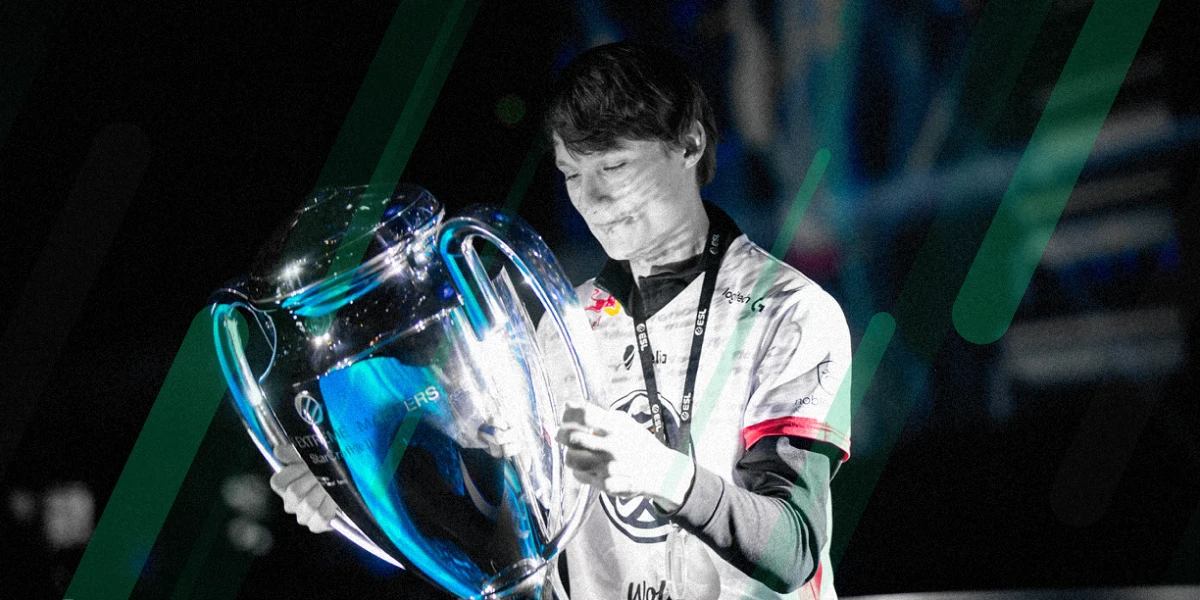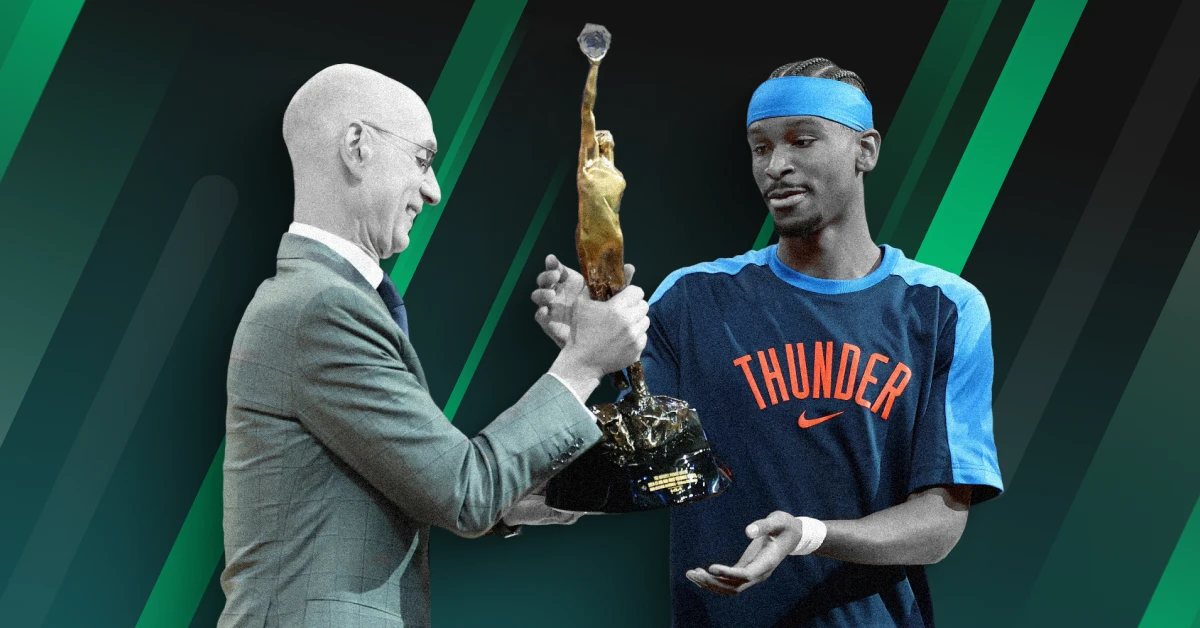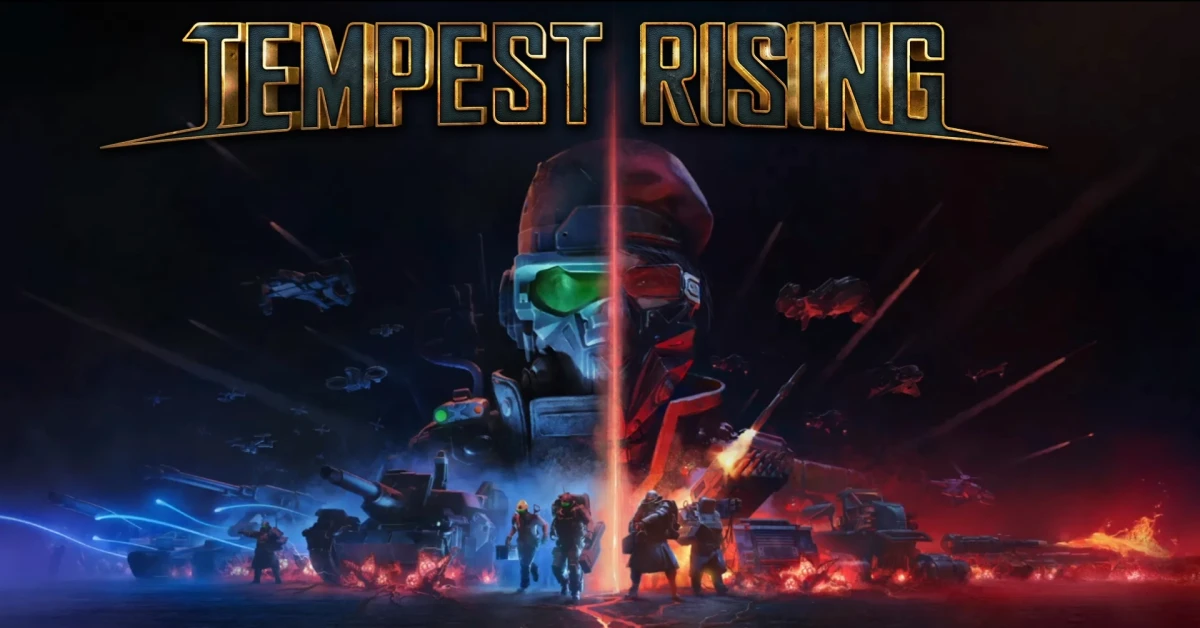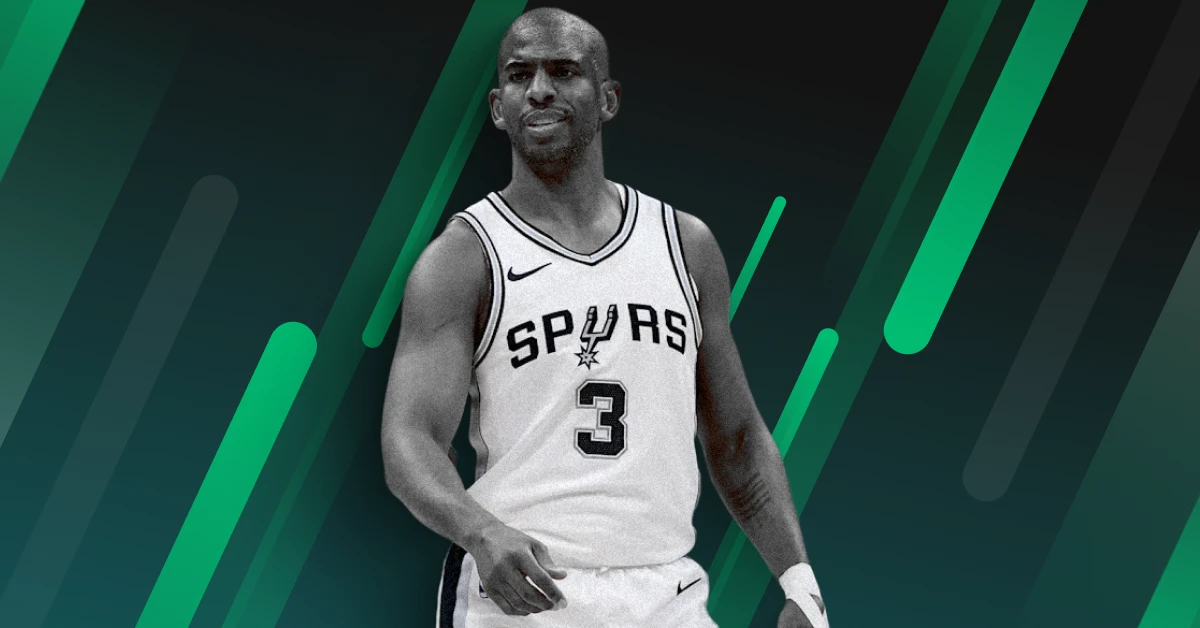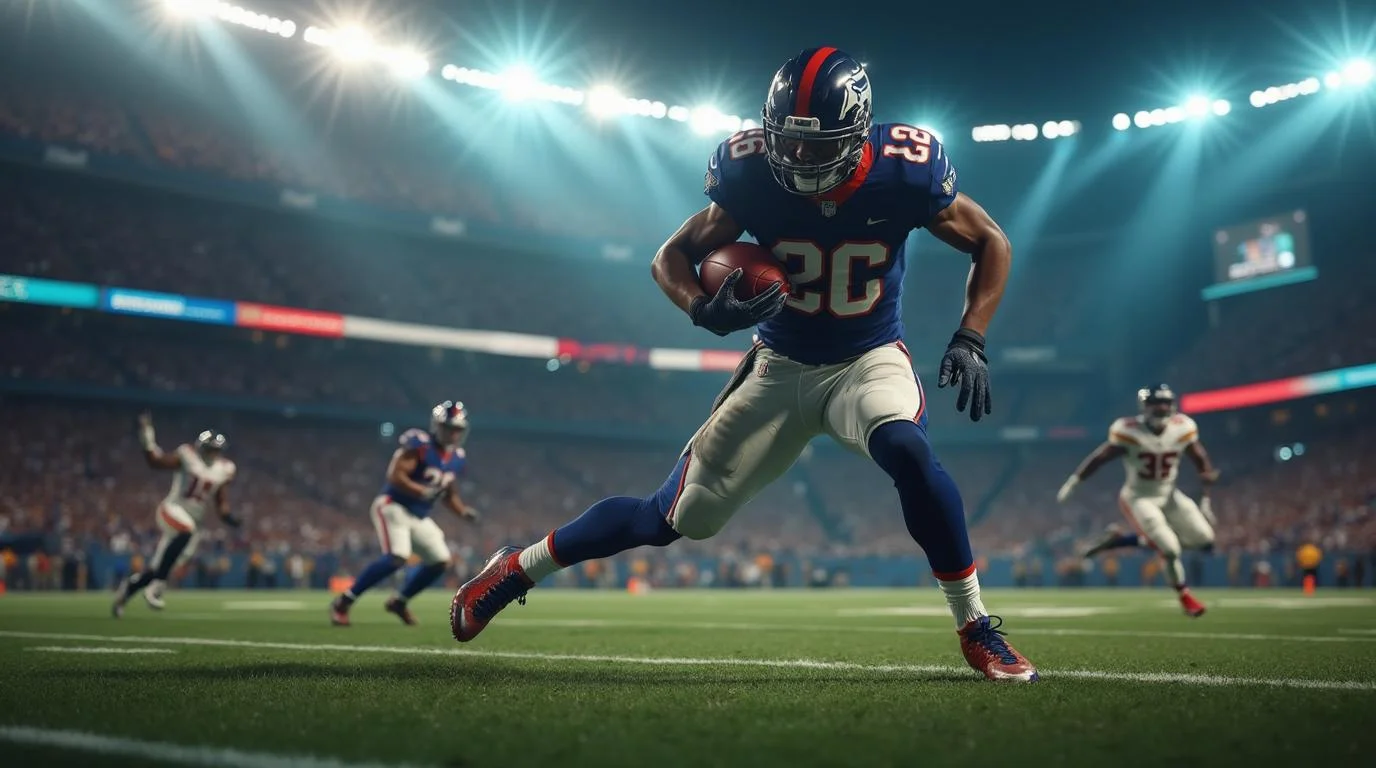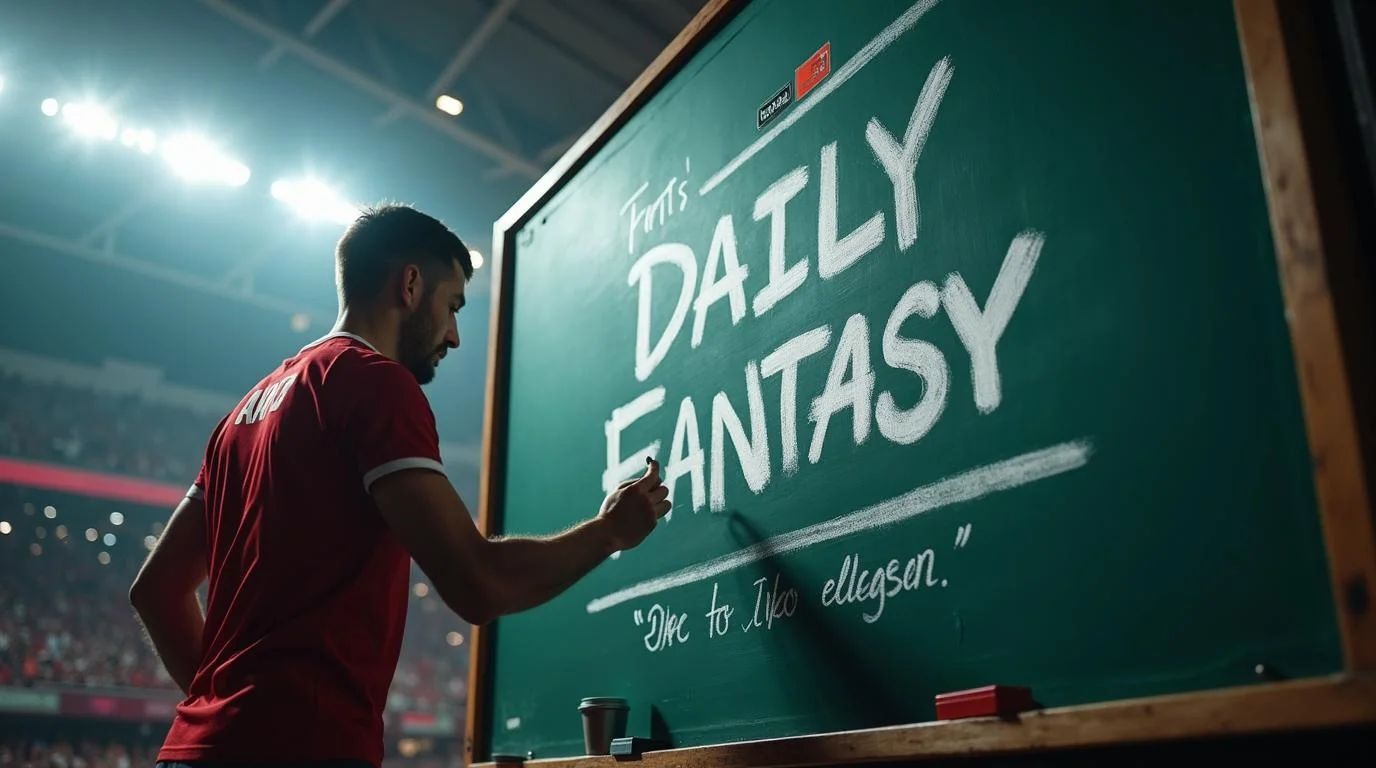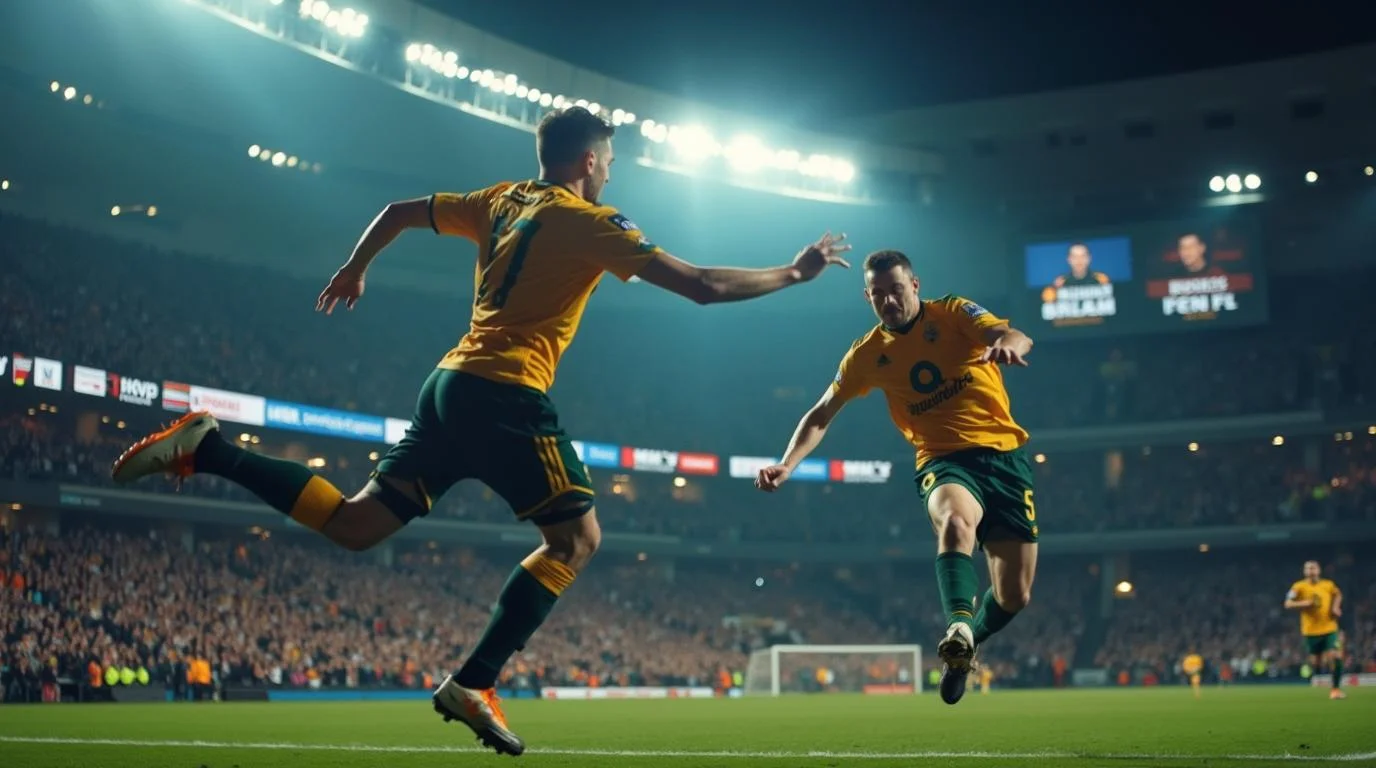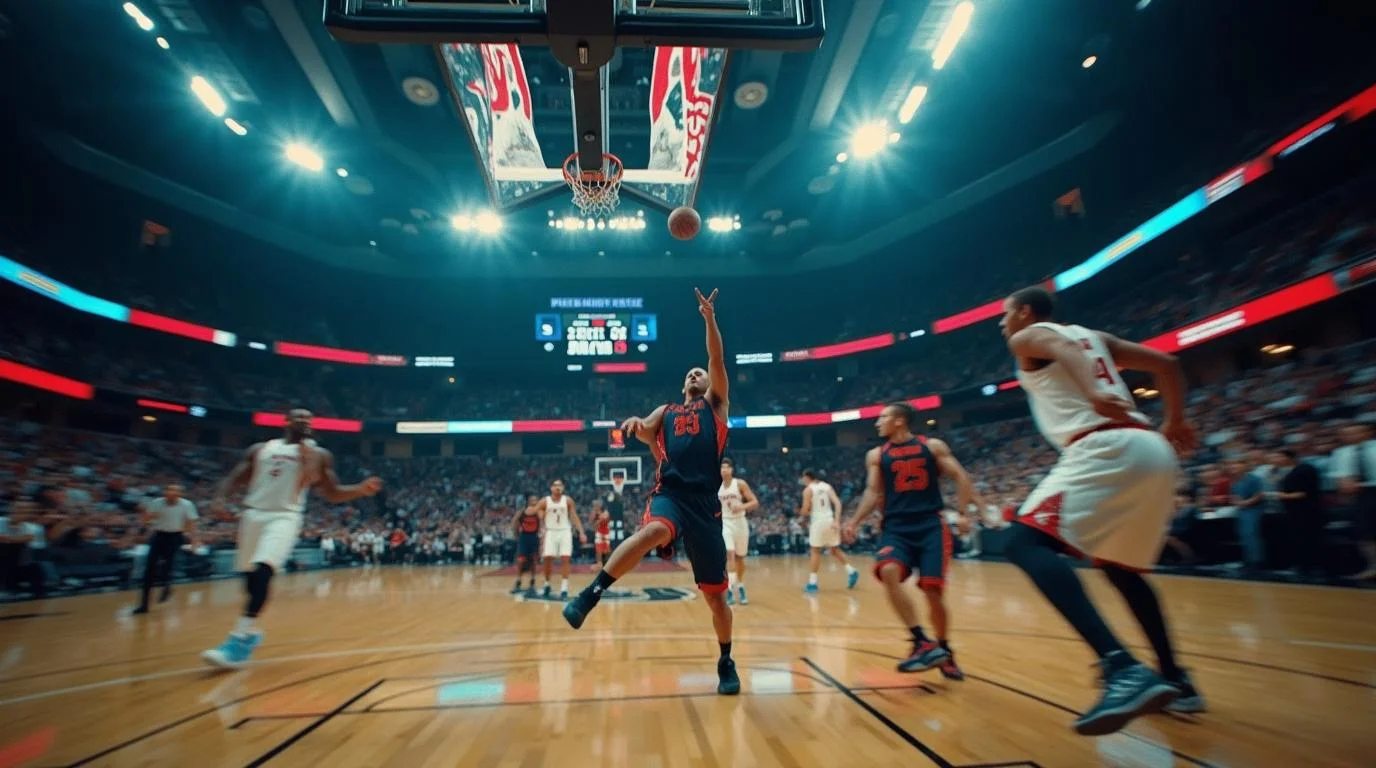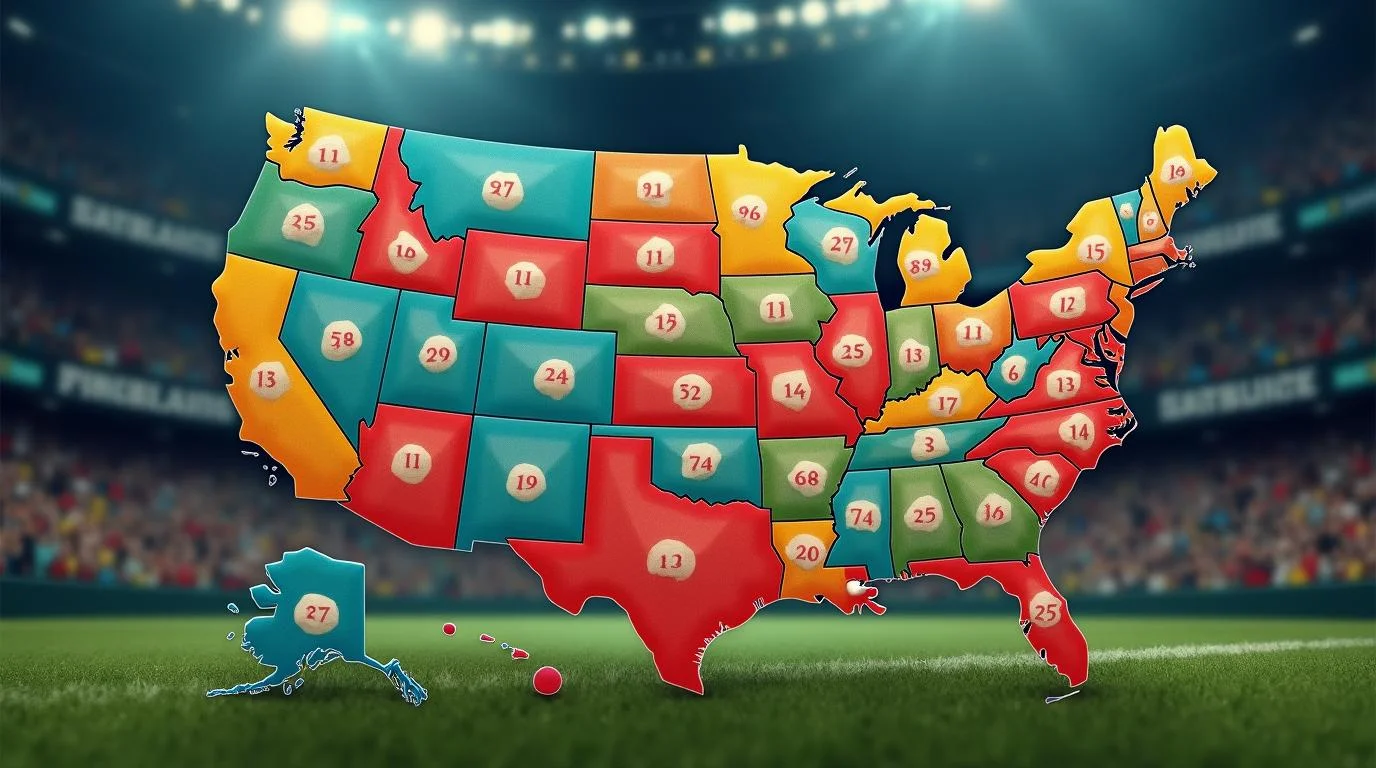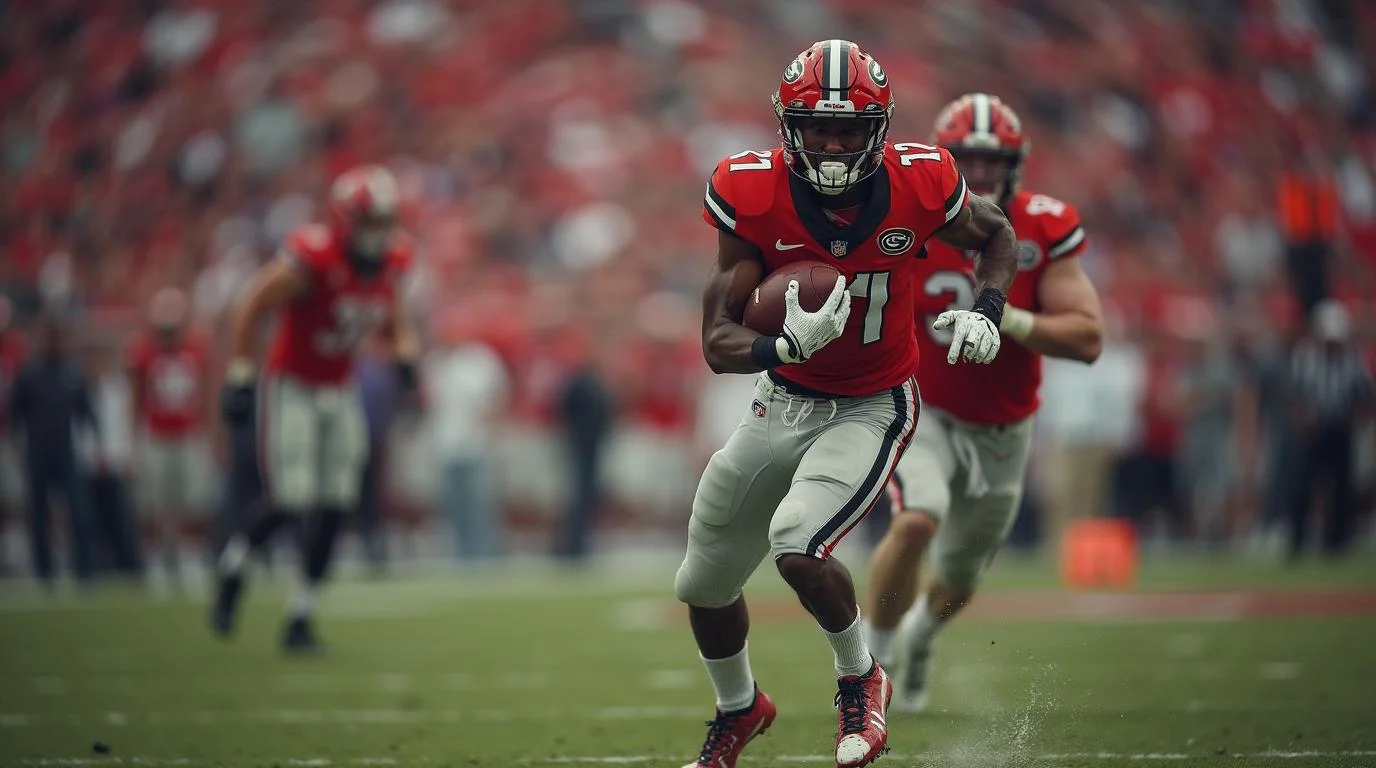Defining Legacies in Ice Hockey
The Cup’s history, dating back to 1893, has woven it into the fabric of American sports culture, particularly in areas where hockey has deep roots—such as the Northeast, the Midwest, and the Pacific Northwest. Each year, as the NHL playoffs intensify, the Stanley Cup generates immense fanfare, drawing millions of viewers both in arenas and through television broadcasts.
The final series often features nail-biting, high-intensity games that capture the attention of even casual sports fans. What truly sets the Stanley Cup apart is the passion it evokes, not just from players but also from local communities, where entire cities unite in support of their teams, celebrating long-standing rivalries and remarkable achievements.

While the NFL, NBA, and MLB may dominate in overall fan engagement, the Stanley Cup’s prestige, the sheer tradition behind it, and the adrenaline-pumping drama of the postseason make it a centerpiece of American sports. Whether you’re in a small-town pub, a bustling sports bar, or at home on the couch, the Stanley Cup Finals provide a thrilling spectacle that resonates across the nation, fueling its popularity year after year.
The Stanley Cup has defined legacies in the NHL. We have seen the rise of the fiery contenders over the decades, and all of them have impressed so far thanks to their respective successes in the game. If anything, the Stanley Cup has helped raise the bar for the NHL with its immense popularity among the masses.
How Popular the Stanley Cup Has Been?
Over the past decade, the average TV viewership for the Stanley Cup Finals has seen significant fluctuation, with numbers ranging from as low as 2.1 million in 2020 to as high as 5.6 million in 2015. This inconsistency is influenced by several factors, including the strength of the teams involved, the appeal of the matchups, and broader cultural or societal events.
For instance, 2015 marked a high point in viewership, likely driven by the combination of compelling teams, strong fan engagement, and the continued growth of hockey in U.S. markets like Chicago and Los Angeles. On the flip side, 2020 saw a dramatic dip in viewership, primarily due to the COVID-19 pandemic, which disrupted sports schedules and led to an empty-arena environment, severely impacting the atmosphere and fan experience.
Stanley Cup Games Average TV Viewership

The post-pandemic recovery reflects not only the return of traditional fan engagement but also an increasing interest in the sport as more people returned to watching games live or via TV. The 2022 jump (from 2.43 million in 2021 to 4.59 million) signals that sports fans were ready to return to their regular viewing habits. The 2024 numbers suggest a continued upward trajectory, especially since they significantly surpass 2023's viewership, which was affected by the previous year’s lull.
In both 2022 and 2024, the Stanley Cup Finals featured matchups that generated excitement and broader interest. In 2022, for example, the series between the Colorado Avalanche and Tampa Bay Lightning brought together a team chasing history (the Lightning's third consecutive Cup) and a rising powerhouse (the Avalanche). These kinds of narratives are critical to boosting viewership, showing that fan interest often hinges on the quality and storyline of the teams involved.
The recent uptick in viewership, especially in 2024, shows that the NHL is capitalizing on its expanding fanbase in non-traditional hockey markets, such as the Sun Belt (Florida, Arizona, Texas) and the Pacific Northwest. With teams like the Vegas Golden Knights making deep playoff runs in recent years, the league is attracting new fans in regions where hockey traditionally had less of a presence.
Stanley Cup and National Trends
The Stanley Cup Finals are always in competition with other major sports events. For example, the NBA Finals often overlap with the Stanley Cup, and basketball’s dominant popularity in the U.S. can detract from the NHL’s viewership.
In years when the NBA Finals are particularly competitive or feature star teams, the NHL may see a decline in viewership. This trend became evident when the 2019 Stanley Cup Finals, for instance, took place in the same timeframe as the NBA Finals, which likely drew away some casual sports fans.
A shift in sports consumption habits may also contribute to fluctuations in Stanley Cup viewership. More fans are watching sports online or through streaming services, bypassing traditional TV viewership altogether. Although NHL streaming numbers may offset some declines in TV ratings, they’re harder to track, making it challenging to gauge the true growth of the sport.

However, as digital platforms become more integrated with traditional broadcasting, there’s potential for increased visibility and future growth. The average TV viewership of Stanley Cup Finals over the past few years highlights the cyclical nature of the NHL's fan engagement. Factors like the COVID-19 pandemic, the teams and players involved, and the broader sports landscape have all influenced TV ratings.
However, with a positive viewership trend in recent years, particularly in 2024, the Stanley Cup appears to be on a trajectory of recovery and growth. If the NHL can continue to capture the attention of diverse audiences—particularly younger and non-traditional hockey markets—its future viewership potential could be much stronger, positioning the Stanley Cup as a central event in the broader U.S. sports ecosystem.
The Success of the Stanley Cup and Its Impact on Hockey Dominance














_800x800.webp)




